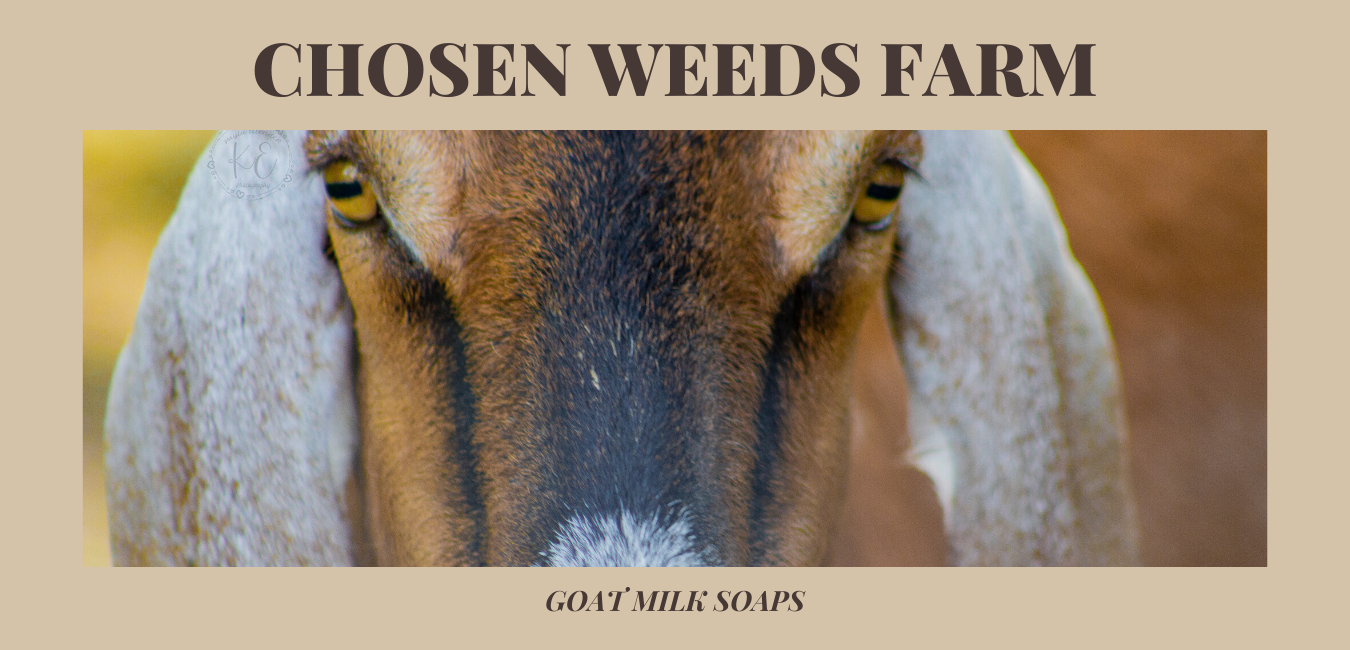I have been studying native plants to Southeast Texas and how to use them whether it be for medical purposes or to eat. The more I learn about these incredible plants the more I appreciate the Creator and want to honor His creation.
It’s important to know exactly what you are foraging for and how to prepare it. Some plants are fine raw, but others have to be cooked or prepared in a specific way before eating or using for medical purposes. Plus, there are impostors that look like the harmless plant, but can be poisonous.
Probably the easiest of plants to identify is the dandelion. Most of us have known how to identify it from our childhood when we would pop off the yellow flower head or blow the seeds into the wind. Embraced throughout human history and across cultures and cuisines, the dandelion has been cast as public enemy number one. An estimated 80 million pounds of pesticides are used each year on home lawns to eradicate them [5]. Yet, every year they return. There is something to this resilient little plant, something we could all learn from.


I have long known that all parts of the dandelion are edible and I even remember picking the greens from our yard as a child to have my mother prepare them. I wasn’t impressed, as it seemed to have bitter flavor to my young palate, and haven’t eaten them since. That is, until now.
I wanted to come up with a way to prepare the greens that tenderized the leaves and eliminated the bitter flavor. I think I have accomplished that.
But before we get to the recipe, I wanted to give you some benefits of dandelion greens. The roots have benefits as well, but that is a post for another day.
“Dandelion greens belong to one of the largest plant families – the Sunflower – which include more than 22,000 species, including daisies and thistles. The first reference of dandelions being used as a medicine was written by Middle Eastern physicians in the 10th and 11th centuries. Welsh medicinals concocted as early as the 13th century made use of both the roots and leaves [1].”
“Dandelion greens have more protein per serving than spinach. The greens themselves are 14% protein and contain all essential amino acids so it’s a complete protein. One chopped cup contains 1.5 grams of protein [2].”
“Dandelion is a very rich source of beta-carotene which we convert into vitamin A. This flowering plant is also rich in vitamin C, fiber, potassium, iron, calcium, magnesium, zinc, and phosphorus. It’s a good place to get B complex vitamins, trace minerals, organic sodium, and even some vitamin D, too [3].”
“Among the primary benefits of dandelion leaf is the way it supports liver function. Earlier this year, researchers found that dandelion leaf supplementation promoted healthy lipid profiles, reduced insulin resistance, and suppressed fat accumulation in the livers of mice. These benefits are likely due to its antioxidant content and ability to calm systemic redness and irritation [4]”.
Sautéed Dandelion Green
- 2-3 cups of young dandelion greens washed and drained
- 2 TBSP butter
- 1 onion chopped
- 1 clove garlic chopped
- Salt and pepper to taste
1 TBSP butter
- Bring a pot of water to a boil. Add the green and boil for 4 minutes. Drain the greens.
- Melt the butter in a skillet and add the chopped onions. Saute’ until just soft.
- Add the dandelion greens. Saute’ until onions are caramelized.
- Add the chopped garlic and sauté 2 more minutes.
- Add the salt and pepper to taste
Give it a try and tell me what you think!
I encourage you to become curious. Find out what foods are right outside your back door. Believe me, there is an abundance. What you once saw as a pest that needed to be eliminated, may now become embraced and revered.
There are a few things to note before you begin your foraging journey.
- Know what is edible and what is not. Never guess about whether a plant is safe to eat. Along with this, know what parts of the plant are edible. While you can eat the entire plant of some species, there are others that only the leaves are edible, others just the the berries or the new buds or stems.
- Start off with just a couple of plants. It can be overwhelming learning all the plants in your area. Pick just a couple and really get to know about them. Learn to identify them and how to use and prepare them.
- Do not forage near highways or any other busy travel areas. These areas are prime locations for dust and exhaust to cover the plants, contaminants you don’t want on your food.
- Do not forage where there has been chemical spraying.
- Only pick what you need. Although there seems to be an abundance, don’t be greedy. Plants need to seed and reestablish themselves.
- Learn the plants that grow in your area. Some plants like dandelion grow just about everywhere, others are specific to different climates and zones. What grows well in the north doesn’t necessarily grow well here in Southeast Texas and vice versa.
- Have fun!!
Foraging Resources
http://www.foragingtexas.com/2008/11/benefits-of-foraging.html
https://www.thebalance.com/foraging-for-food-a-monthly-guide-1388185
- http://foodfacts.mercola.com/dandelion-greens.html
- http://www.incrediblesmoothies.com/green-smoothies/10-reasons-you-should-use-dandelion-greens-in-your-green-smoothie/
- https://sunwarrior.com/healthhub/11-health-benefits-of-dandelion-leaves-and-dandelion-root
- http://www.globalhealingcenter.com/natural-health/what-are-benefits-of-organic-dandelion-leaf/
- http://www.motherearthnews.com/real-food/benefits-of-dandelion-greens-zmaz08amzmcc

Permalink